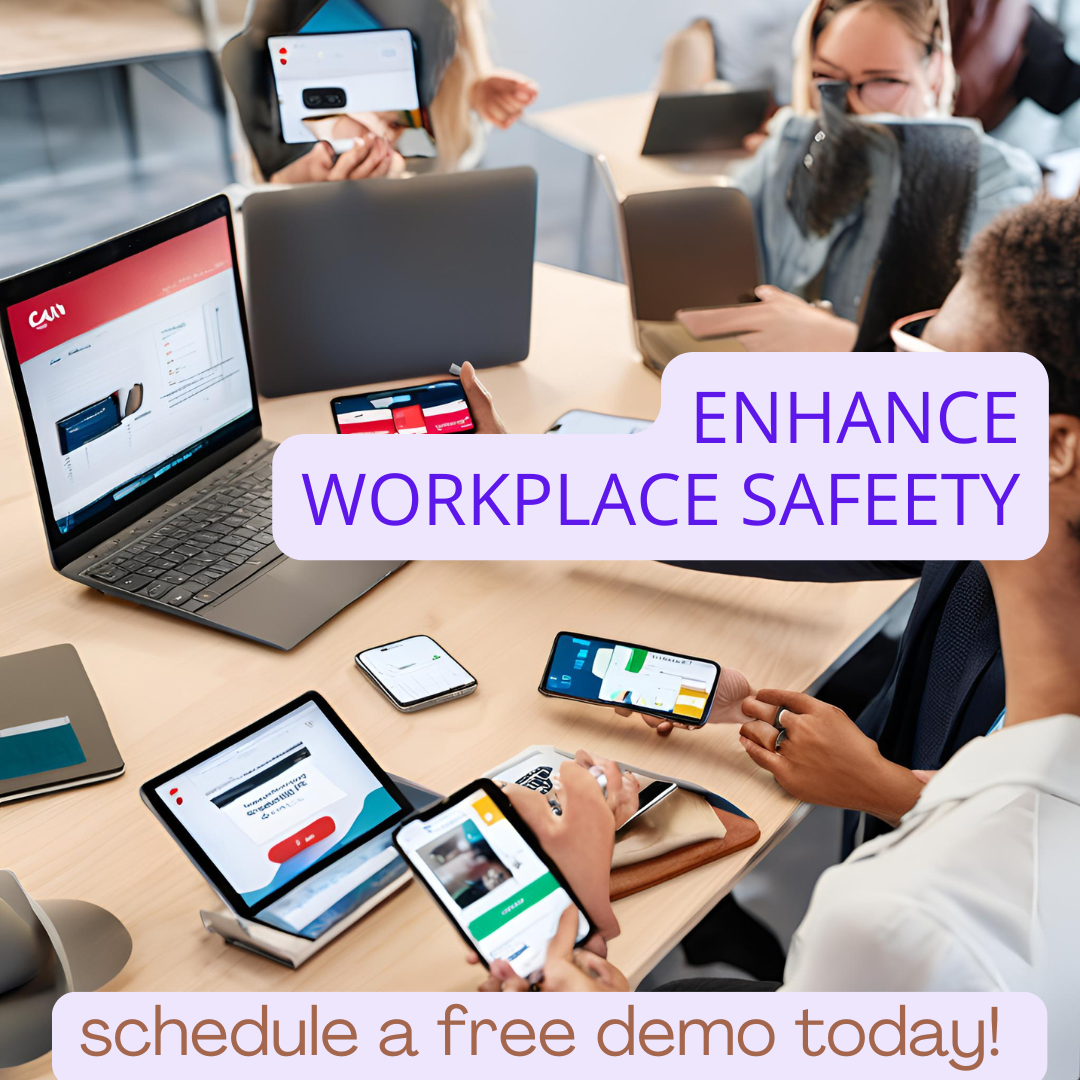
How Mass Notification Systems Improve Workplace Safety?
In today's fast-paced work environment, unexpected emergencies can arise at any moment, making effective communication essential for workplace safety. For example, during the 2020 wildfires in California, many businesses used mass notification systems to alert employees about evacuation procedures and unsafe areas. By delivering critical updates in real-time, these systems helped keep staff safe and informed, showcasing how crucial emergency mass notification systems can be in times of crisis. Implementing a mass alert system ensures rapid response and protection in any emergency scenario.
Workplace safety has become a top priority for organizations around the world, and technology plays a crucial role in this effort. One of the most effective ways to enhance workplace safety is through mass notification systems. These systems ensure that employees are informed about emergencies in real-time, helping them take necessary action to stay safe. In this blog, we’ll explore how mass notification systems, especially emergency mass notification systems, can improve workplace safety and how businesses can leverage them for better protection.
The Role of Mass Notification Systems in Workplace Safety
A mass notification system is designed to deliver critical information to a large number of people in the shortest time possible. Whether it's a fire, security threat, weather emergency, or health crisis, mass notification systems are essential in helping businesses manage risk and protect their employees.
By using a mass communication app, organizations can send alerts across multiple channels—emails, texts, phone calls, and even social media—ensuring that the message is received, regardless of an employee's location.
Key Benefits of Mass Alert Systems in the Workplace
- Rapid Communication in Emergencies
In any emergency, time is of the essence. Mass alert systems provide real-time communication that enables organizations to quickly notify employees about potential hazards. With an emergency mass notification system, information is disseminated to employees within seconds, allowing them to evacuate or take other safety measures.
For example, in the event of a fire, employees can be alerted to the safest exit routes and areas to avoid, minimizing confusion and potentially saving lives. - Ensuring 100% Message Delivery
The use of a mass communication app ensures that no one misses important notifications. Mass notification systems often integrate with multiple communication platforms, including mobile devices, landlines, desktops, and internal communication tools like Slack or Microsoft Teams.
This multi-channel approach is crucial in reaching all employees, including those who may be working remotely or in different locations. The system can also confirm message delivery and receipt, ensuring that each person has acknowledged the alert. - Customization for Different Scenarios
Not all emergencies require the same response. One of the greatest advantages of a mass notification system is its ability to send tailored messages based on specific scenarios. For instance, in a weather emergency, employees might receive instructions to stay indoors, while in a security threat, they might be told to evacuate the premises.
This customization ensures that each message is relevant and prompts the correct action, reducing the likelihood of confusion during a critical event. - Compliance with Safety Regulations
Many industries are required to have certain safety protocols in place, especially regarding emergency communications. Implementing a mass alert system helps businesses comply with these regulations, reducing liability in the event of an incident.
In addition, a properly implemented system can offer detailed reporting and logging features, providing evidence of compliance and due diligence should any legal issues arise.
How to Implement an Effective Mass Notification System?
To truly reap the benefits of a mass notification system, organizations must ensure proper implementation. Here are some key steps:
1. Conduct a Risk Assessment
Before implementing a mass communication app, businesses should perform a comprehensive risk assessment. Identify the potential emergencies that could occur in the workplace, whether they are natural disasters, security threats, or health-related issues.
Understanding the specific risks your organization faces will allow you to create tailored communication strategies for each scenario.
2. Choose the Right Platform
Not all mass notification systems are created equal. Businesses need to choose a system that is flexible, easy to use, and capable of reaching a wide audience quickly. It should offer integration with various communication channels, including mobile phones, desktop alerts, and social media.
Look for features like real-time reporting, location-based notifications, and message customization to get the most out of your system.
3. Train Employees
A mass alert system is only effective if employees know how to respond to the messages they receive. Provide training sessions on how the system works, what the notifications mean, and what actions they should take during an emergency.
Periodic drills and refresher courses will help reinforce these practices and ensure that everyone remains prepared.
4. Test and Update Regularly
Technology evolves rapidly, and so do safety concerns. Regular testing and updates of your mass notification system are crucial to maintaining its effectiveness. Routine tests will identify any weaknesses or areas for improvement, and regular updates ensure that your system is equipped to handle new threats.
The Future of Mass Notification Systems
The future of mass notification systems is promising, with new features like geofencing and AI-driven notifications emerging. These advancements allow organizations to send location-specific alerts or provide predictive insights based on current data.
For example, a mass alert system integrated with AI could predict weather patterns and notify employees to leave the building before a storm hits. As technology continues to advance, these systems will become even more integral to workplace safety.
Conclusion
A robust mass notification system is one of the most effective tools in ensuring workplace safety. Whether it’s a natural disaster, security threat, or health emergency, being able to quickly communicate with employees can make the difference between chaos and control.
By adopting an emergency mass notification system and integrating it with a mass communication app, organizations can ensure that every employee receives critical information in real-time, enabling them to take appropriate actions. As technology evolves, these systems will continue to improve, providing even greater protection for businesses and their employees.
Recent Blogs
What does AlertifyApp do? The Power of AlertifyApp
13 Aug, 2024
Why Do I Need an Emergency Communication System?
18 Jul, 2024
Effective Internal Communication with Alertify
01 Jun, 2024


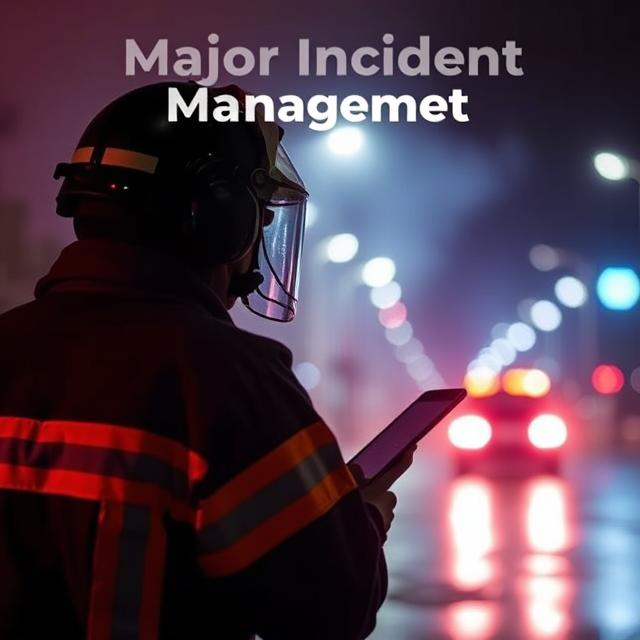
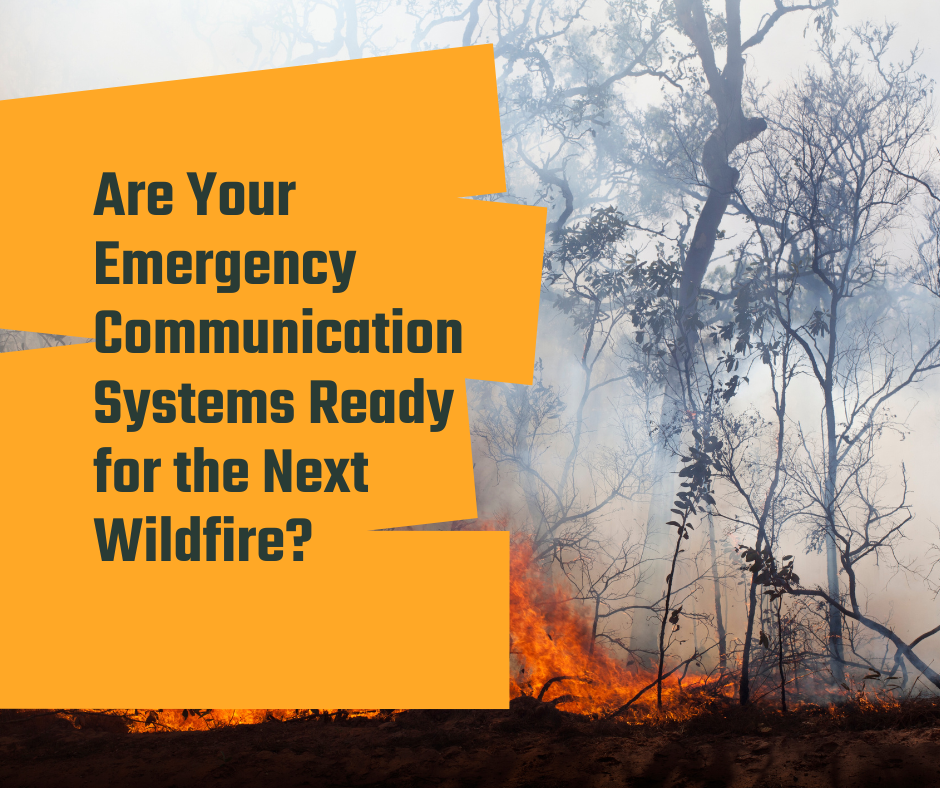
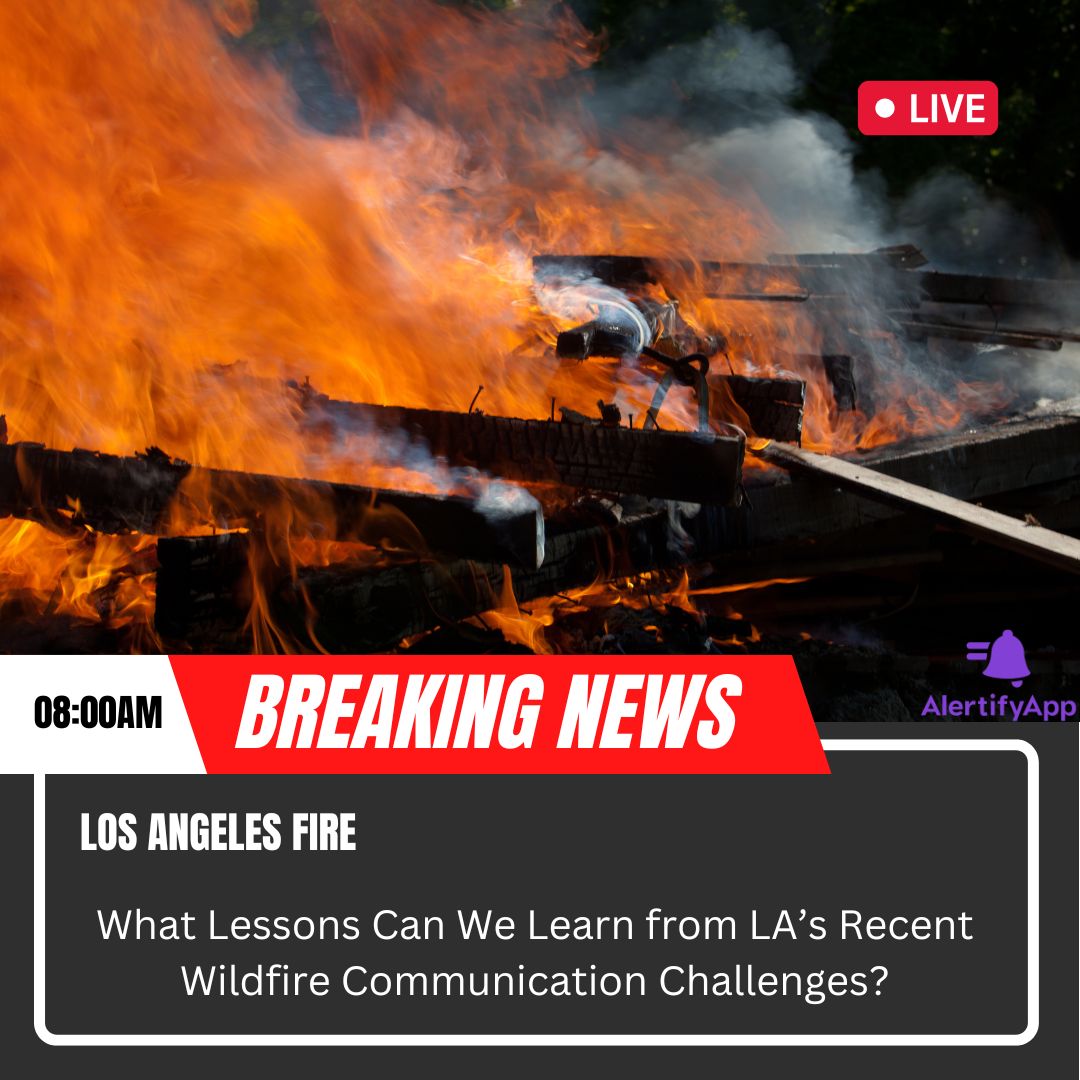


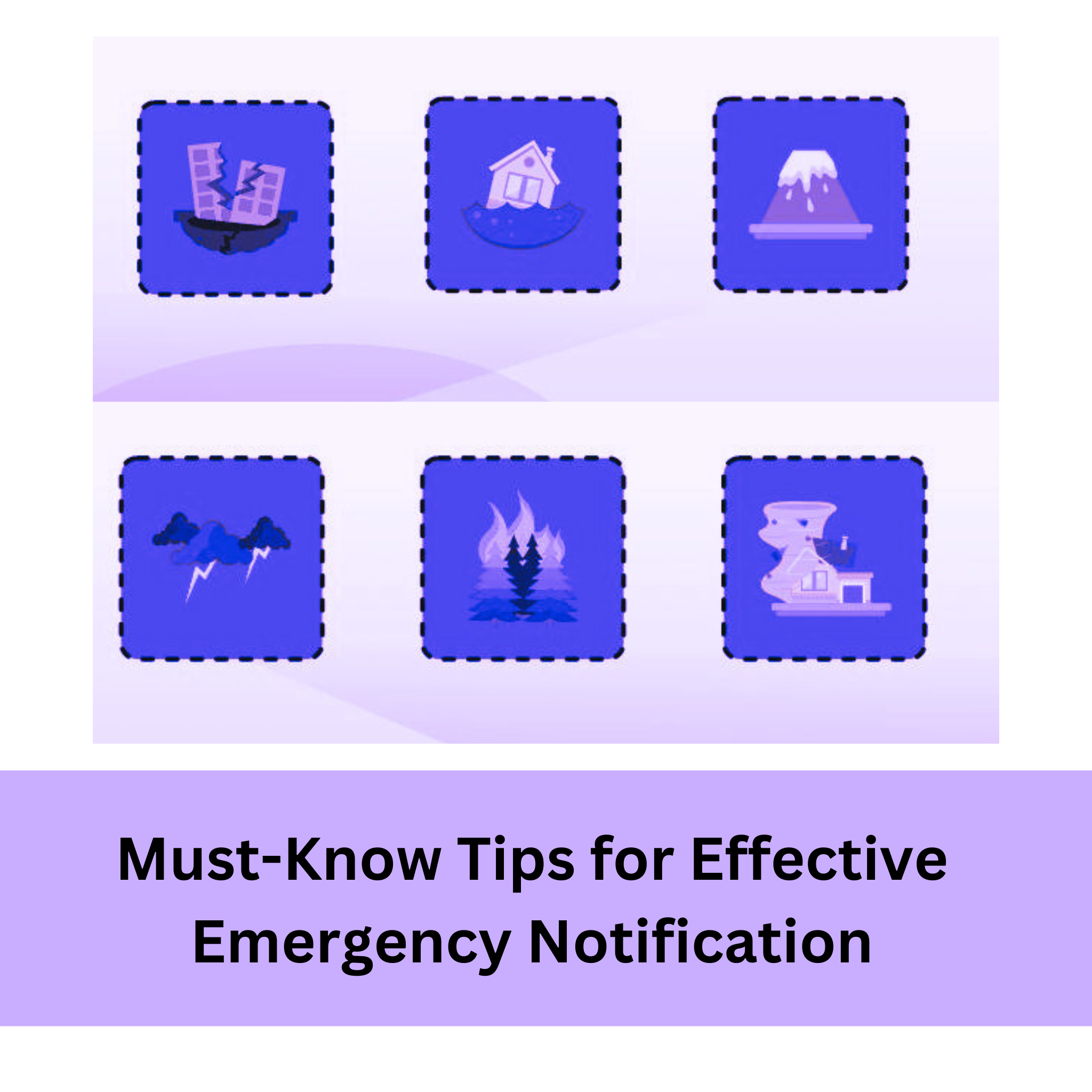
-min.png)
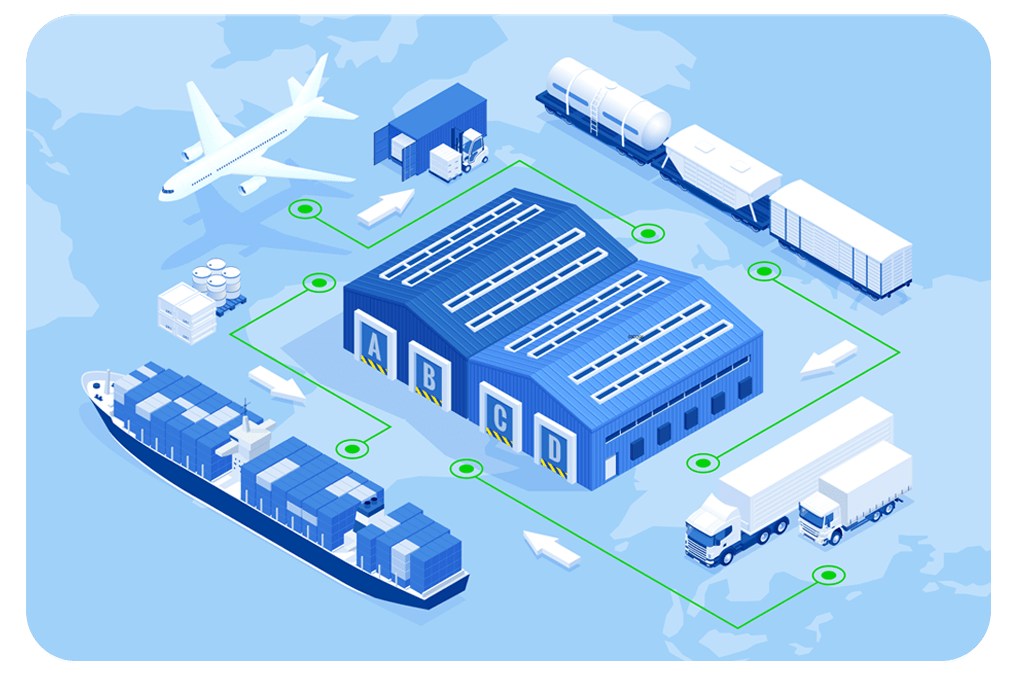
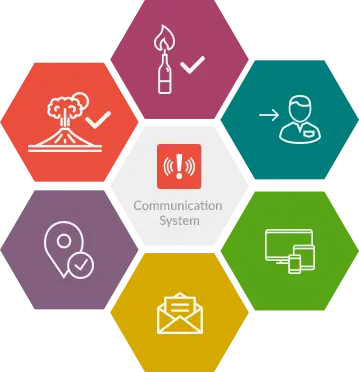
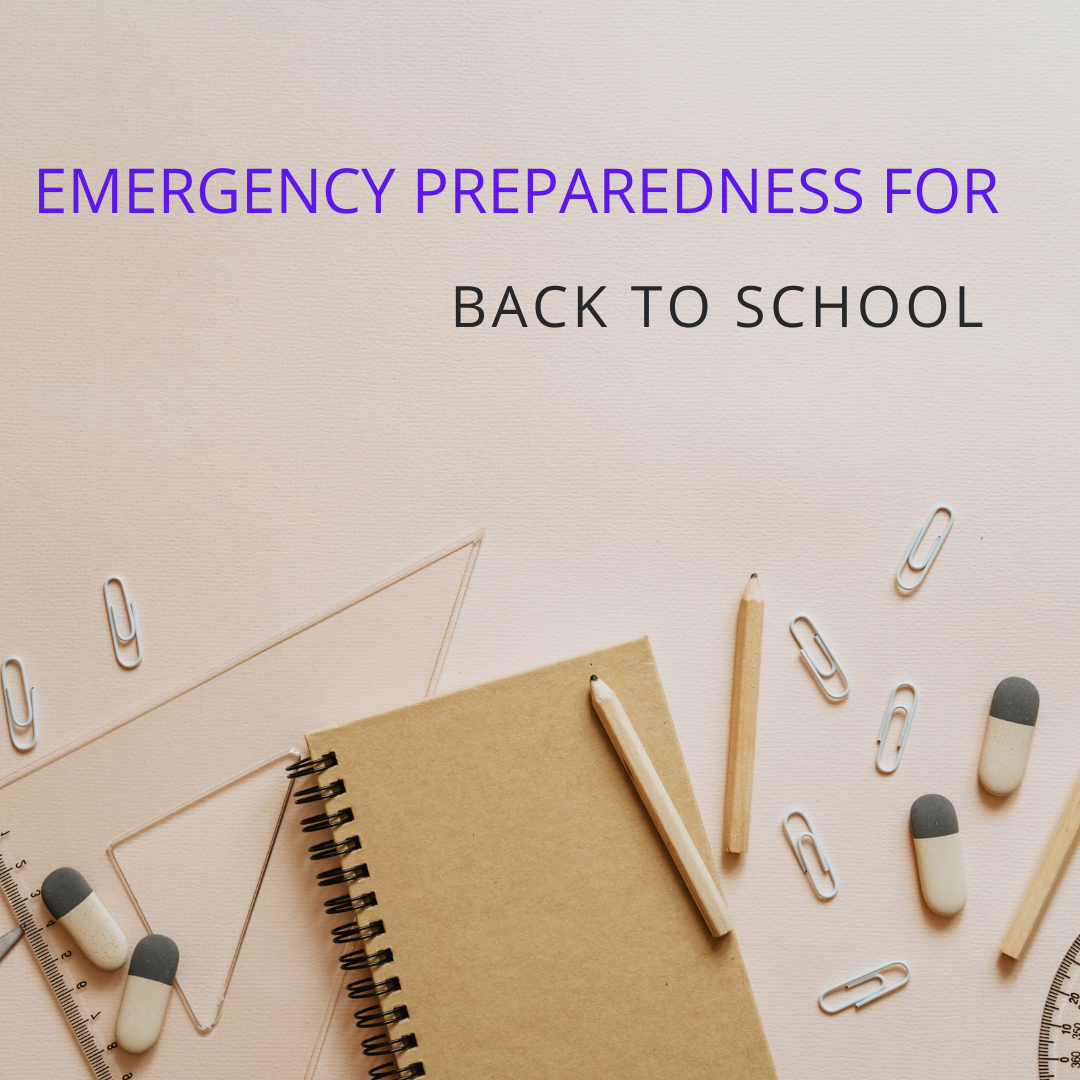
.png)
.png)
.png)
.png)

.png)
.png)
.jpg)
.jpg)

